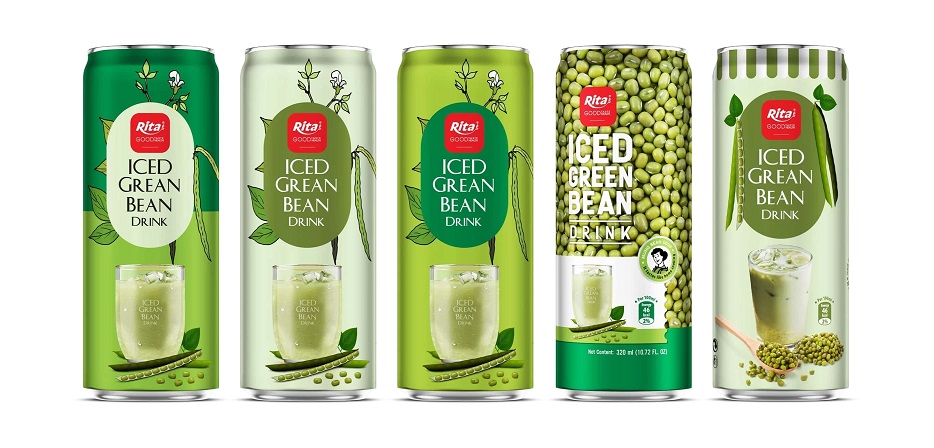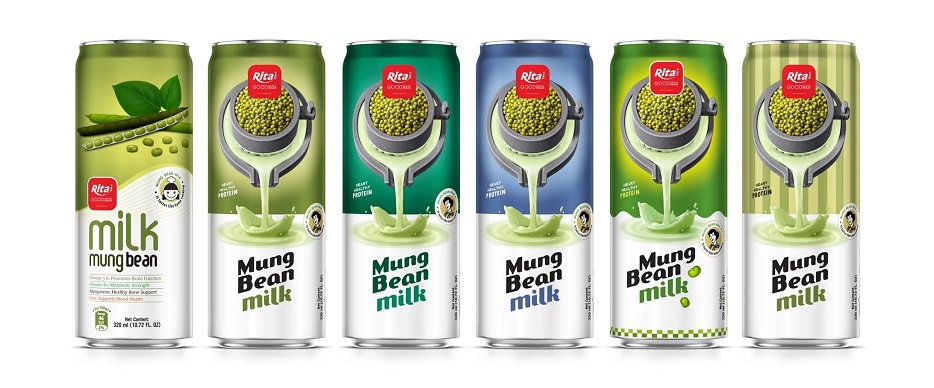Mung Bean – The Small Beans With Great Benefits
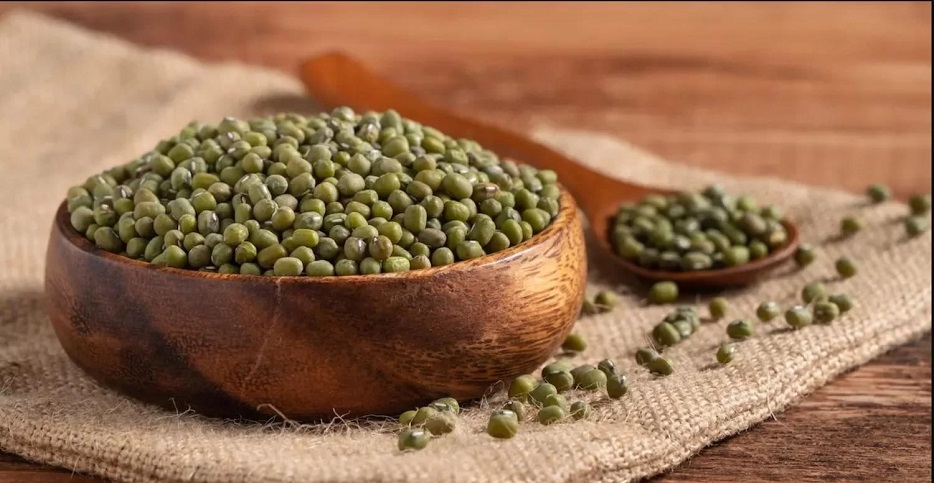
Mung beans are also known as green bean (Photo: Internet)
Abundant in protein, dietary fiber, vitamins (such as vitamin C and folate), and minerals (including iron and potassium), mung beans find widespread application in both savory and sweet culinary creations. In certain gastronomic traditions, mung beans are germinated to produce sprouts for use in salads or as an embellishment. Conversely, in different cuisines, they are cooked and integrated into soups, stews, curries, and rice-based delicacies.
Mung bean sprouts are particularly popular and are often used in salads, stir-fries, and other dishes for their crunchy texture and fresh taste. Mung bean flour can also be used to make various dishes and snacks.
Beyond their role in the kitchen, mung beans are appreciated for their possible contributions to health. These include supporting digestion, facilitating weight management, and serving as a plant-based protein source.
Health Benefits Of Mung Beans
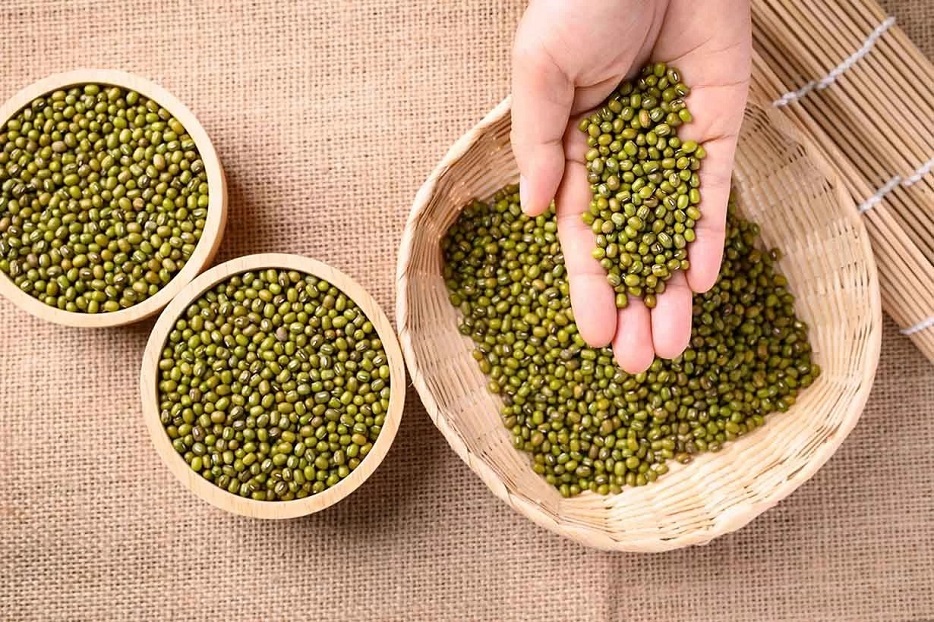
The nutrient content and properties of mung beans contribute to various potential health advantages (Photo: Internet)
The nutrient content and properties of mung beans contribute to various potential health advantages. Here are several of the health benefits linked to the consumption of mung beans:
Nutrient-Rich
Mung beans are a good source of nutrients, including protein, dietary fiber, minerals (like iron, potassium, magnesium, and manganese), and vitamins (such as vitamin C and folate).
Digestive Health
The dietary fiber in mung beans can aid in promoting healthy digestion by supporting regular bowel movements and preventing constipation.
Weight Management
Mung beans are relatively low in calories and high in fiber and protein. This combination can help you feel full and satisfied, potentially aiding in weight management by reducing overeating.
Blood Sugar Regulation
The complex interplay of complex carbohydrates and fiber in mung beans gradually releases glucose into the bloodstream. This gradual process plays a role in sustaining consistent blood sugar levels and preventing abrupt spikes and dips.
Antioxidant Attributes
Mung beans harbor antioxidants, among them vitamin C and other compounds, that serve to shield cells against harm inflicted by detrimental molecules known as free radicals.
Plant-Based Protein
Mung beans provide a noteworthy supply of plant-based protein, presenting a favorable choice for vegetarians and vegans aiming to fulfill their protein requirements.
Bone Health
Mung beans contain minerals like calcium, magnesium, and phosphorus, which play a role in maintaining strong and healthy bones.
Skin Health
The antioxidants and vitamins in mung beans can contribute to maintaining healthy skin by promoting collagen production and fighting oxidative stress.
Lowers Cholesterol
Some studies suggest that mung beans may help reduce "bad" LDL cholesterol levels in the blood due to their fiber and antioxidant content.
It's important to note that while mung beans offer these potential health benefits, individual responses can vary. Incorporating various nutrient-rich foods into a balanced diet is vital to promoting overall health and well-being.
How To Make Mung Bean Drink
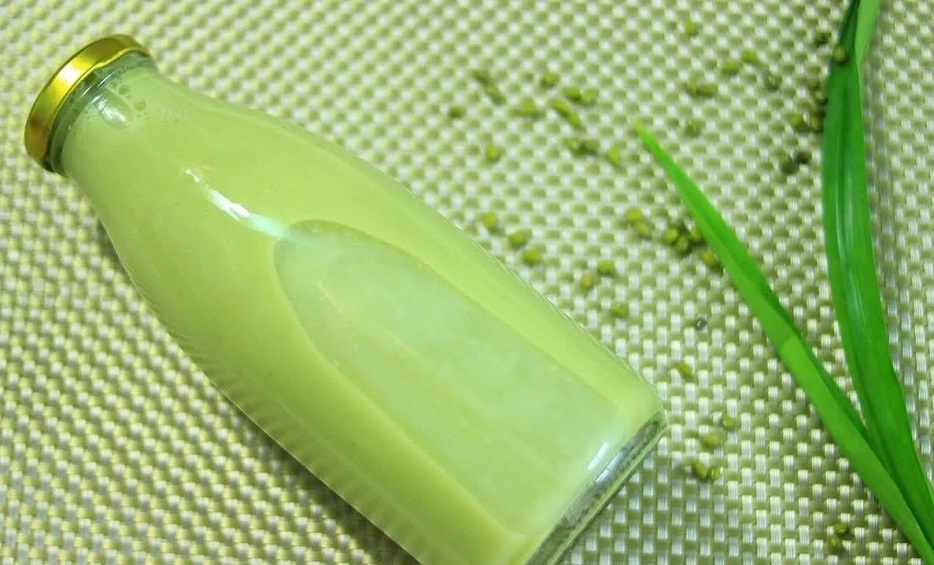
Mung bean milk is a dairy-free alternative to cow's milk, and it's rich in nutrients (Photo: Internet)
Ingredients
+ 1 cup dried mung beans
+ 6 cups water
+ 3/4 cup sugar (adjust to taste)
+ 1/2 cup coconut milk (optional)
+ A pinch of salt
+ Crushed ice (for serving)
Instructions
Rinse and Soak
Rinse the dried mung beans thoroughly under cold water. Then, place them in a bowl, cover with water, and let them soak for about 2-3 hours. This helps soften the beans and reduce cooking time.
Cook the Mung Beans
Drain the soaked mung beans and place them in a pot with 6 cups of water. Bring to a boil, then reduce the heat to a simmer. Cook for about 20-30 minutes or until the beans are tender and easily mashed with a fork.
Sweeten the Mung Beans
Once the mung beans are cooked, add sugar to the pot and stir until the sugar is dissolved. You can adjust the amount of sugar based on your preference for sweetness.
Add Coconut Milk
If you're using coconut milk, you can add it to the blended mung bean mixture. Coconut milk adds richness and flavor to the drink. Stir well to combine.
Add a Pinch of Salt
Adding a pinch of salt enhances the overall flavor and balances the sweetness.
Chill and Serve
Allow the mung bean drink to cool to room temperature, then refrigerate until chilled. To serve, fill glasses with crushed ice and pour the chilled mung bean drink over the ice.
Garnish (Optional)
You can garnish the drink with a drizzle of coconut milk on top or even a few cooked mung beans for texture.
Enjoy
Stir the drink before enjoying its refreshing, slightly sweet flavor.
Mung bean drink is often enjoyed as a dessert or a cool beverage on hot days. It's a delightful treat that's both comforting and nutritious.
Mung Bean Milk
Mung bean milk is a dairy-free alternative to cow's milk, and it's rich in nutrients. Here's a simple recipe to make mung bean milk
Ingredients
+ 1 cup dried mung beans
+ Water for soaking and blending
+ Sweetener (such as sugar, honey, or dates) to taste (optional)
+ Vanilla extract or flavoring (optional)
+ A pinch of salt
Instructions
Rinse and Soak
Rinse the dried mung beans thoroughly under cold water. Place the rinsed beans in a bowl, cover them with water, and let them soak for about 4-6 hours or overnight. This softens the beans and makes them easier to blend.
Drain and Rinse
After soaking, drain and rinse the mung beans thoroughly.
Blend the Mung Beans
In a blender, combine the soaked mung beans with fresh water at a ratio of about 1:4 (1 cup of mung beans to 4 cups of water). You can adjust the water quantity based on your desired consistency.
Blend Until Smooth
Blend the mixture on high speed for a few minutes until you get a smooth and creamy consistency.
Strain (Optional)
If you want a smoother milk, strain the blended mixture through a nut milk bag, cheesecloth, or a fine mesh strainer to remove any remaining bits of mung bean skins.
Sweeten and Flavor
At this point, you can add sweetener, such as sugar, honey, or soaked dates, to taste. You can also add a splash of vanilla extract or any other flavoring you prefer. Blend again to combine.
Add a Pinch of Salt
Adding a small pinch of salt enhances the overall flavor and balances sweetness.
Store
Transfer the mung bean milk to a clean glass container or bottle. Store it in the refrigerator for up to 3-4 days. Remember to shake well before each use as natural separation may occur.
Enjoy
Use your homemade mung bean milk just like regular milk! It's great for drinking, in smoothies, cereals, coffee, or in cooking and baking.
Homemade mung bean milk is a nutritious and versatile dairy-free option. It might have a slightly earthy flavor due to the mung beans, but adding sweeteners and flavorings can help enhance its taste to suit your preferences.
Newer news items:
- Strawberries - Nature's Sweet and Healthy Treasures - 18/09/2023 09:29
- Explore Abundant Prospects at Vietfood & Beverage ProPack Fair 2023 - 15/09/2023 01:22
- The 20th China-ASEAN Expo (CAEXPO) - 14/09/2023 09:29
- Vietfood & Beverage – ProPack Vietnam 2023 Is New Cooperation Opportunities For Rita - 14/09/2023 01:17
- Discover The Prevalent Packaging Designs In Rita - 13/09/2023 01:09
Older news items:
- Rita Company Guarantees Quality From Farm To Product For Organic Coconuts - 11/09/2023 06:39
- Green Tea – 7 Health Benefits You Need To Know - 18/09/2021 02:34
- THE TRADITION CAKE ON THE OCCASION OF THE DOAN NGO FESTIVAL - 14/06/2021 07:35
- Health Benefits Of Soybean - The Most Widely Grown And Used Legume Worldwide - 27/05/2021 09:50
- 4 DELICIOUS WAYS TO USE PINEAPPLE - 04/01/2021 08:56

